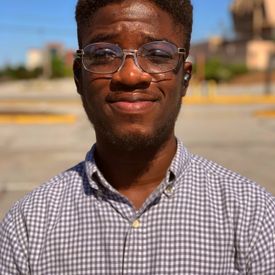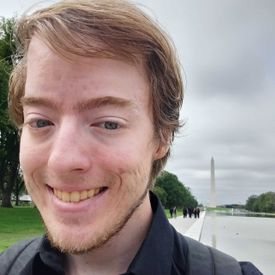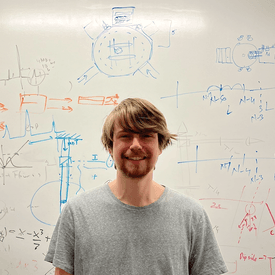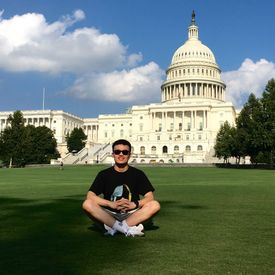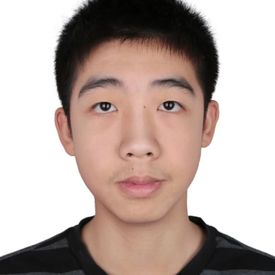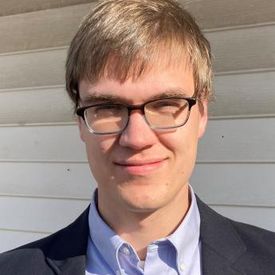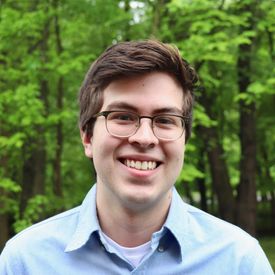Kollár Research Group
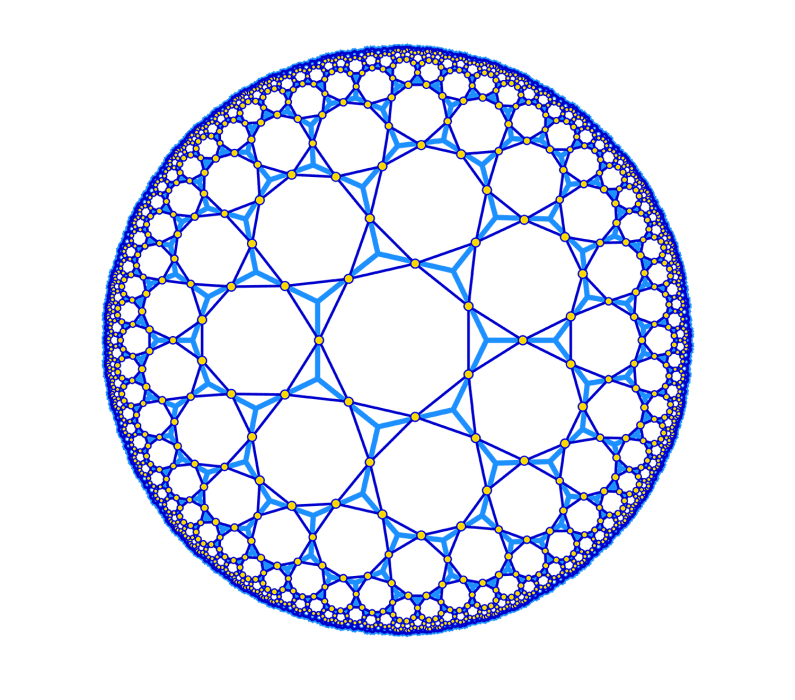
Hyperbolic Poincare Projection
About
The field of circuit QED has emerged as a rich platform for both quantum computation and quantum simulation. Lattices of coplanar waveguide (CPW) resonators realize artificial photonic materials in the tight-binding limit. Combined with strong qubit-photon interactions, these systems can be used to study dynamical phase transitions, many-body phenomena, and spin models in driven-dissipative systems. These waveguide cavities are uniquely deformable and can produce lattices and networks which cannot readily be obtained in other systems, including periodic lattices in a hyperbolic space of constant negative curvature, and the one-dimensional nature of CPW resonators leads to degenerate flat bands. In our lab, we build experimental implementations of these systems using superconducting circuits.
Postdoc and graduate student positions available! Send email to: akollar@umd.edu
Group Lead
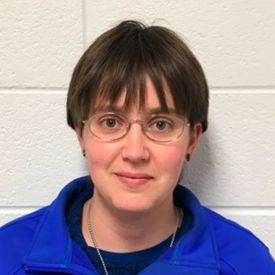
All Group Members
Alumni
Recent Publications
A Circuit-QED Lattice System with Flexible Connectivity and Gapped Flat Bands for Photon-Mediated Spin Models
, , arXiv, (2025)A strong-driving toolkit for topological Floquet energy pumps with superconducting circuits
, , Physical Review A, 112, (2025)Autonomous Stabilization of Floquet States Using Static Dissipation
, , PRX, (2025)

